#but anatomy is a science
Text
Dear Ed and Stede:

Thank you, that is all.
#ofmd#getting run through is an art#but anatomy is a science#when you know#the liver is on the right!!!#sorry this has been bugging me
9 notes
·
View notes
Text
Peer-reviewed instructions for coping with a Bad Day™:
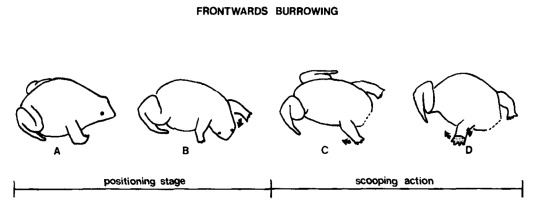
[src]
#relatable#meme#science#frog#this is my favourite figure from any paper ever#Sharon Emerson published some highly influential papers about frog anatomy and locomotion#but this figure cannot be outdone#follow for more fresh fremes (frog memes)
12K notes
·
View notes
Text

#art#artists on tumblr#funny#lol#haha#humor#meme#memes#tweet#twitter#wholesome#aww#love#relationship#couples#anatomy#science#aesthetic#dark academia#light academia
3K notes
·
View notes
Text
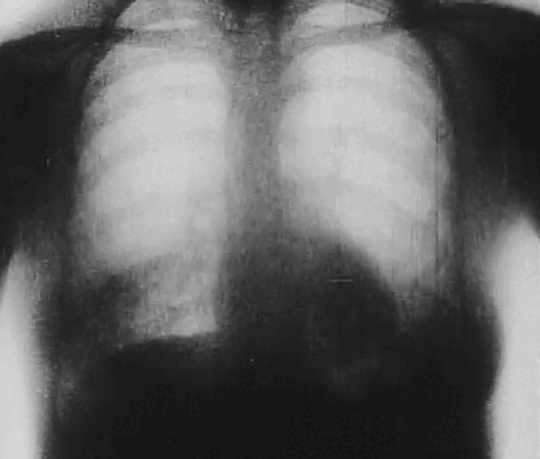
MOVING X-RAYS [1938]
#GIF EDIT#gif#film#anatomy#black and white#science#medical#surreal#x-ray#monochrome#30s#educational#short film#u
1K notes
·
View notes
Text
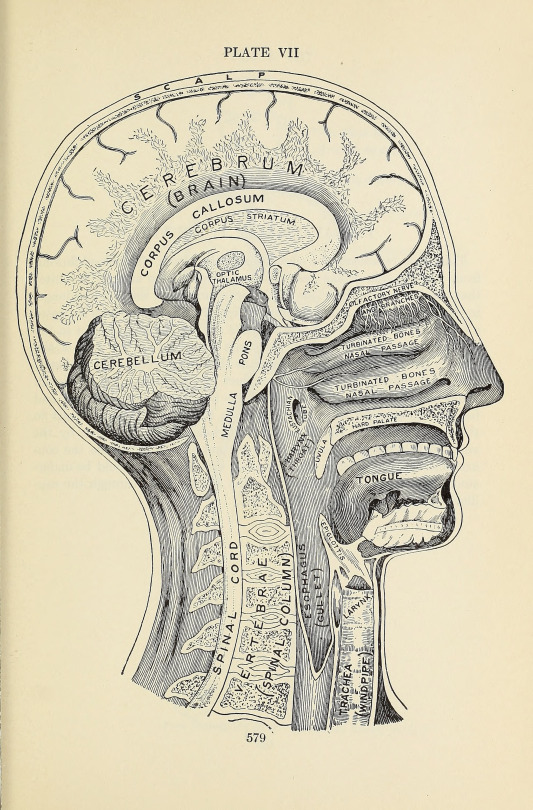
Sagittal section of the head. Healthful Living, Based on the Essentials of Physiology. 1934.
Internet Archive
#anatomy#brain#head#section#medical illustration#textbook iillustration#nemfrog#science#1934#1930s#1k
2K notes
·
View notes
Text
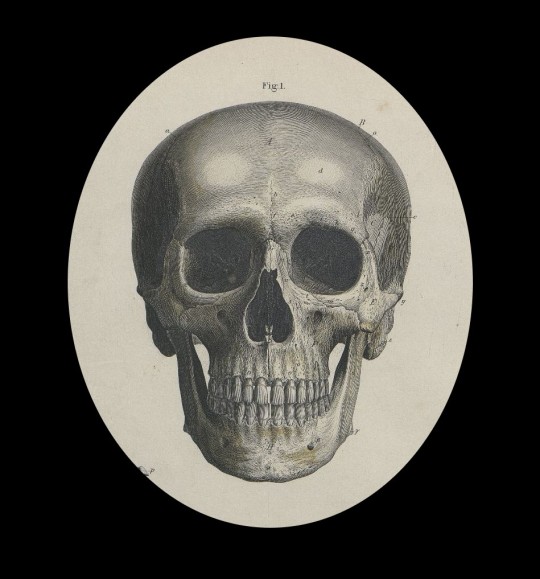

#art#drawing#anatomy#illustration#science#Handbuch der Anatomie des Menschen. 2 Bände#1838#Carl Ernst Bock
2K notes
·
View notes
Text

veins of the human heart
1K notes
·
View notes
Video
Two neurons sensing each other and trying to connect
Credit: @rockatscientist
4K notes
·
View notes
Text
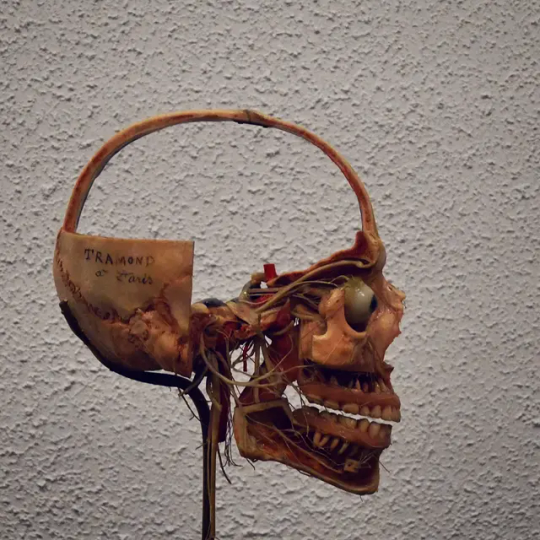

Model bisections of human head- Science Museum, London
#gothic#memento mori#goth#folk horror#skull#dead#folklore#skulls#england#dissection#dissect#bisection#science#science museum#horror#macabre#morbid#anatomy#medical#medicine#medical science#goth aesthetic#goth art#creepy#brain
283 notes
·
View notes
Text
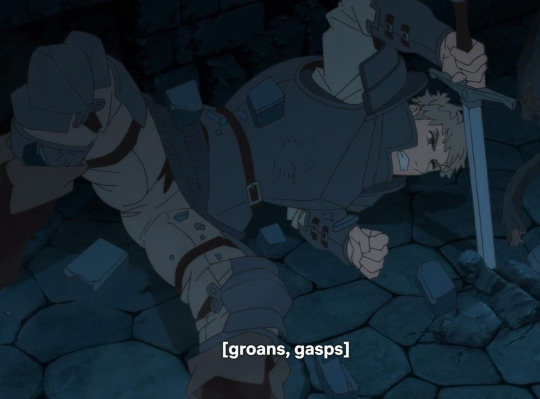
Just wanted to post this here because… you know… we are all studying anatomy it seems 👩🏻💻
#we need biblical accuracy#for research and science purposes#I’m sorry he just looks so fine#the anatomy of Man™️the monster eater#I can’t resist this frame#he is so handsome#so cute#dunmeshi laios#dungeon meshi#delicious in dungeon#delicious in dungeon laios#dunmeshi#laios thorden#laios dungeon meshi#laios touden#laios
152 notes
·
View notes
Text
My mom bought me this book for Christmas
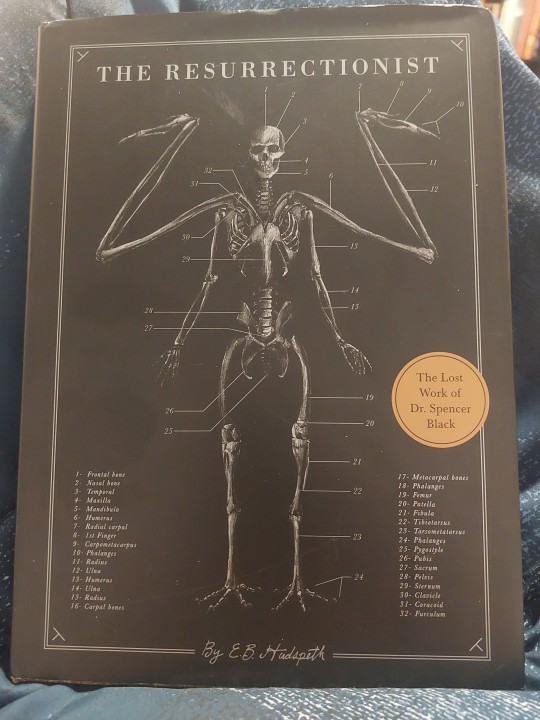
The Resurrectionist by EB Hudspeth, a fantasy field guide full of anatomical illustrations of monsters and cryptids.

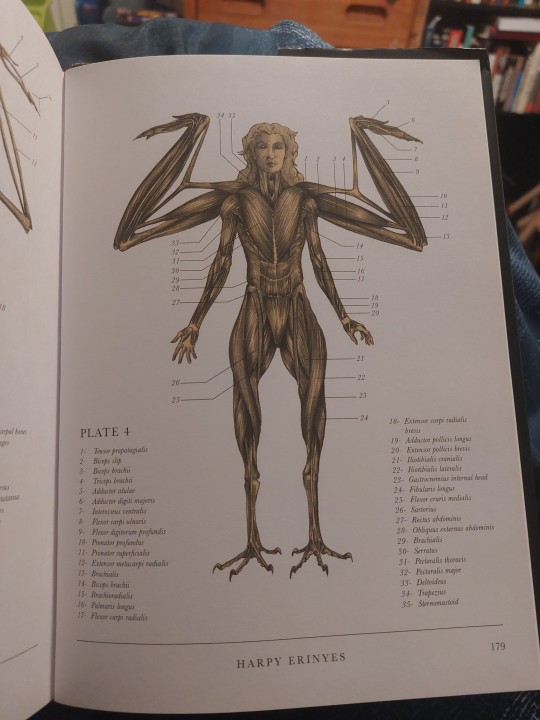
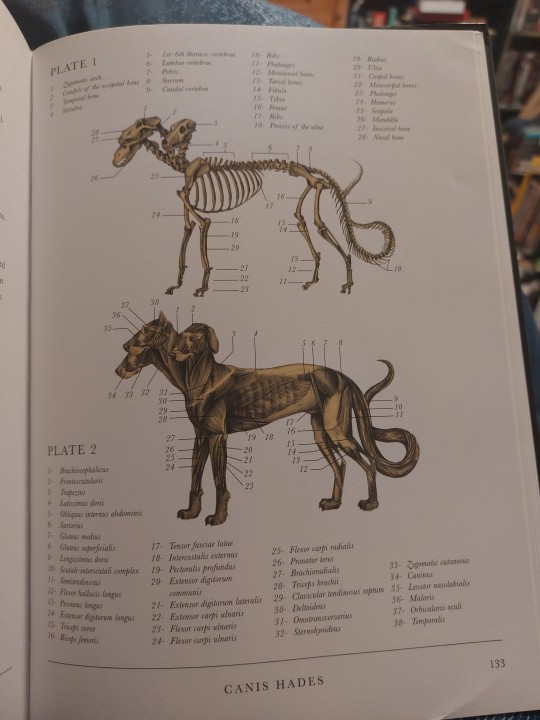

The musculoskeletal systems are fun to look at, but not nearly as in-depth as I would have liked. If you have more than a passing knowledge of taxonomy (or in my case, access to Wikipedia), a lot of the details fall apart under scrutiny
The harpy has four upper limbs connected to one shoulder girdle; it shouldn't have arms, only wings
The sphinx is not classified as a mammal, but is still somehow in the family Felidae with cats (and like the harpy is also drawn with only two girdles despite having six limbs. I will give the author credit for giving the sphinx a keel for the wing muscles to attach to)
It lists the Hindu deity Genesha as a cryptid, which is a no-no.
Cerberus is also explicitly not a mammal, but somehow still a canine (literally in the species Canis with wolves, dogs, and coyotes)
Both mermaids and dragons are listed as members of the order Caudata; the only extant members of Caudata are salamanders, which kinda makes sense for dragons, but not so much for mermaids (also, the author keeps playing it fast and loose with cladistics; both mermaids and dragons are in the same order despite being in different classes, and while dragons are explicitly said to be amphibians, mermaids are given the fictional class mammicthyes, which means mammal-fish. At that point, why not just call mermaids amphibians? Why make up a fake latin hybrid name?)
But what bugs me most of all is the classification of the Minotaur as its own order of mammal when in mythology it is explicitly described as a hybrid of two known species (made possible only by the cruel machinations of the divine, but still)
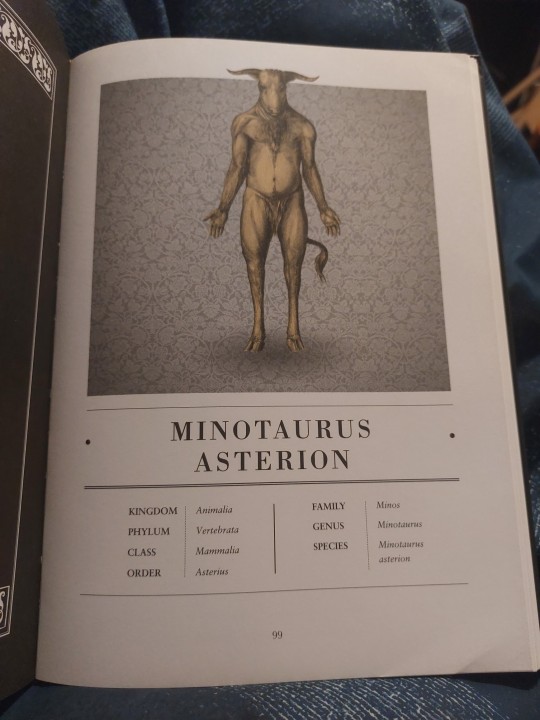
To use actual taxonomical nomenclature, the minotaur's species would be B. taurus × H. sapiens (specifically B. taurus♂ × H. sapiens♀; there are, to my knowledge, no legends of H. sapiens♂ × B. taurus♀). That's how ligers, tigons, mules, zorses, pizzly bears, narlugas, etc., are described.
If I had written this book, I would have leaned more into evolutionary biology. Most land animals have four limbs because they all evolved from boney lobe-finned fish, which split off from the boneless sharks and rays millions of years earlier, so any six-limbed vertebrates would need to be descended from a fictitious category of six-finned fish which would either be an offshoot of boney fish/tetrapods (I guess they'd be hexapods, though that term refers to insect arthropods), OR a precursor to boney and cartilaginous fish that both clades split away from much earlier (it's easier to lose structures than to gain them, so it makes more sense for a six-limbed ancestor to spawn four-limbed descendants than the other way around).
Think about how different elephants are from humans, and humans are from aligators, and aligators are from penguins, and remember that they all evolved from the same ancestor tiktaalik, an amphibious fish that existed some 375 million years ago. Imagine a precursor six-limbed species and how diverse all its descendants would look after 400 million years. Save for the occasional instance of convergent evolution causing two unrelated species to independently evolve similar body plans to fill the same niche, tetrapods and hexapods would look nothing alike. There would be very little recognizable overlap between the two. A six-limbed "pegasus" would not look like a real world horse, and a six-limbed "dragon" would not look reptilian/dinosaur-ish, for much the same reason that giraffes don't look like frogs; they're just too distantly related. Bonless sharks and boney fish and whales/dolphins all have similar looking bodyplans only because their environment requires the same hydrodynamic shape, while terrstrial vertebrates are much more physically diverse.
#biology#anatomy#monsters#cryptids#cryptozoology#book of monsters#evolution#evolutionary biology#evolutionary history#taxonomy#cladistics#science#hard fantasy#hard science fiction#hard science#tetrapod#hexapod
2K notes
·
View notes
Text

I just thought everyone would like this. The “default” human in my biochem class was a female body. It’s something so small but this Kinda thing matters. It’s so common that a male body is shown as the default when studying biology and anatomy, so it’s refreshing to recognize the inherent bias.
#feminism#female represention#biology#women in stem#biochem#biochemistry#anatomy#stem#stem major#womens rights#bio#progress#science#hopefem#hope tag
935 notes
·
View notes
Photo

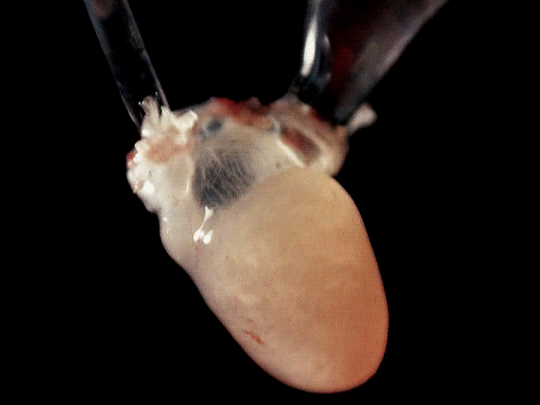
frog hearts (1951)
707 notes
·
View notes
Text

Human brain. First book in physiology. 1883.
Internet Archive
676 notes
·
View notes
Photo

MECHANISM OF NORMAL HEART [1930]
3K notes
·
View notes
Photo

The entire coronary circulation (blood vessels that supply the heart)
Source: brazilianheartsurgery
2K notes
·
View notes